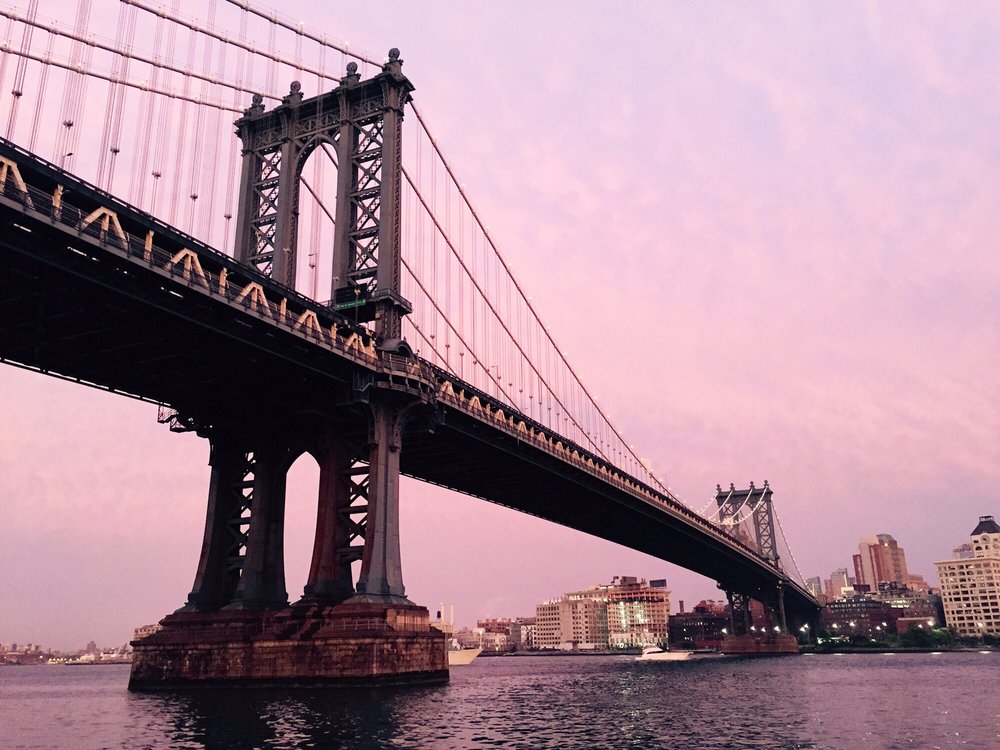
Hudson Ave at Plymouth Street
NY Times visits Vinegar Hill (Brooklyn) in their Living In column on Sunday. In it, Vinegar Hill is described as:
The Brooklyn waterfront enclave of Vinegar Hill is a tiny carpet remnant of a neighborhood, a rough-edged but charmingly idiosyncratic swatch of land largely cut off from the city around it. At its northern fringe is the dystopian sprawl of a colossal Con Edison substation that separates residents from the tantalizingly close East River. To the east is the fenced 300-acre Brooklyn Navy Yard industrial park. To the south is a mountain range of public housing and the Brooklyn-Queens Expressway.
Vinegar Hill is also described as a jewel, where rowhouses occupy the Belgian-block streets in the ‘sleepy-hamlet’ of a neighborhood. There are several buildings being converted to commercial, but will Vinegar Hill turn into Dumbo, a tourist attraction? According to a 2008-2012 census survey, there are approximately 580 residents in Vinegar Hill. Who named Vinegar Hill? “John Jackson, a ship builder, named Vinegar Hill after a 1798 Anglo-Irish battle. Jackson ran a shipyard at the foot of Hudson Avenue and built houses nearby for his workers. His sale of land for use as the Brooklyn Navy Yard in the early 1800s sparked further growth in the area.” Nearby 167 Sands Street was originally the headquarters for sailors, marines, and coast guardsmen for nearby Brooklyn Navy Yards.

Retail/Restaurants mentioned:
Real estate prices have been climbing in Vinegar Hill, partly due to its neighbor Dumbo (which has the borough’s highest rental prices for years) and for its very low inventory and churn. The article mentions that Kirkman Lofts, condo prices rose to $750 from $600 a square foot between 2011 and 2012 and in July, one of those units resold for $1,300 a square foot. Other residential buildings mentioned:
- Commandant’s House (Evans Street and Hudson Avenue)
- Kirkman Lofts (37 Bridge Street)
- Waterbridge 47 (47 Bridge Street)
- 69 Gold Street
- 102 Gold Street
- 328 Plymouth Street
Schools:






